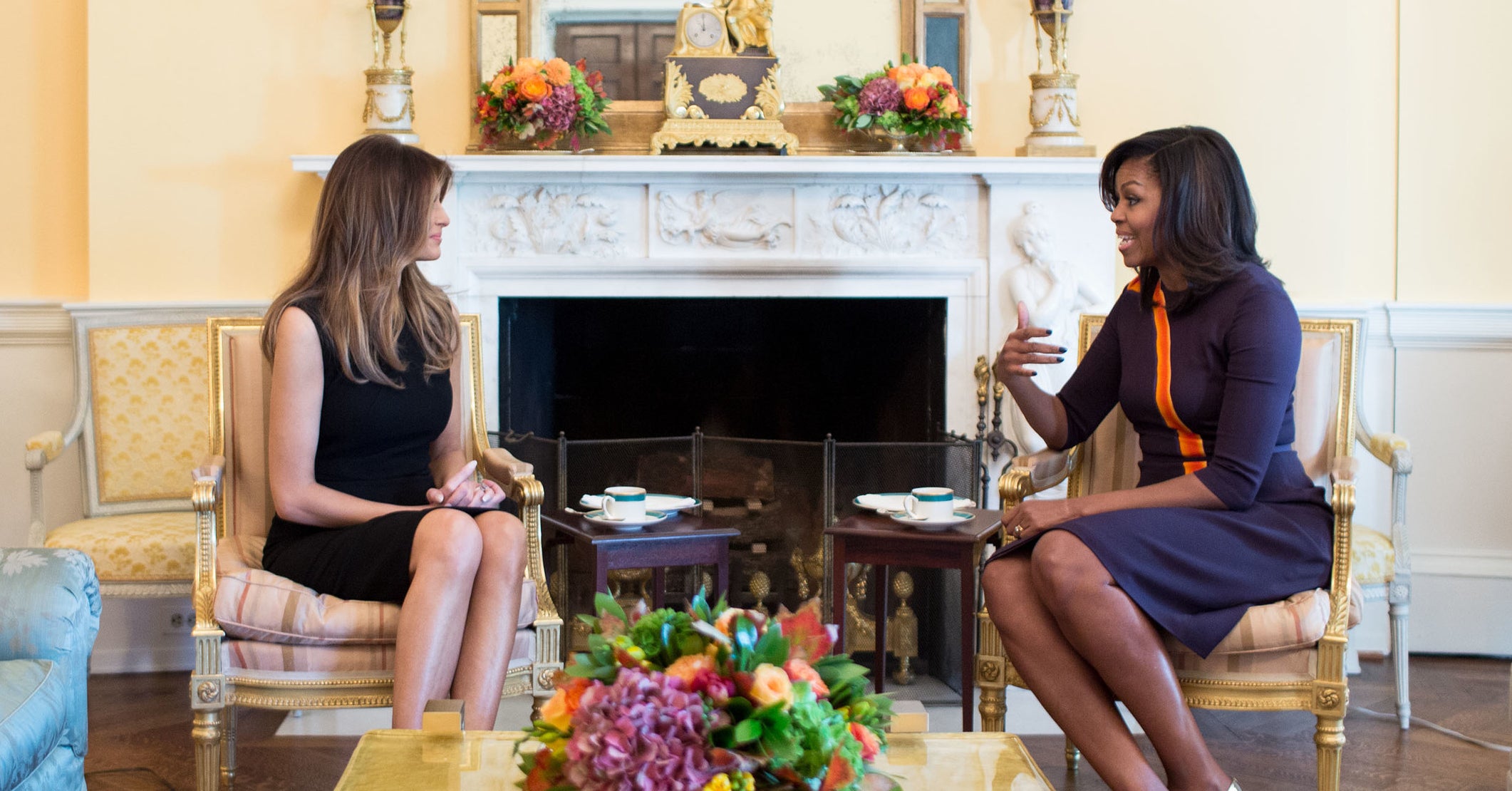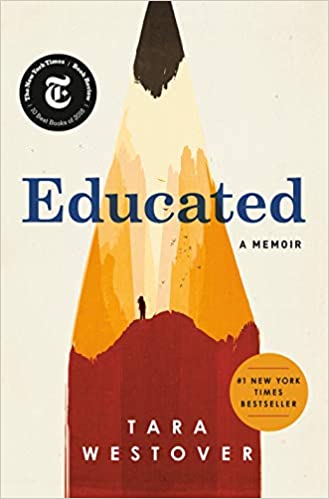Category: Culture
-

Why I don’t teach to cancel culture
Life doesn’t offer trigger warnings and won’t cancel history as you walk through it. I want my students to be confident messengers for their viewpoints. And in order to do that, they will have to face what the world offers them. Most of the time—let’s not forget—this world offers natural beauty, kind people, and an…
-
Parenting your LGBTQ+ child
I started a new online course for LGBTQ+ youth and their allies because I noticed that my queer students needed a place to congregate, learn about themselves, and be their full selves without fear. We’ll be learning about history, literature, film, health, mental health, and anything else that comes up during the semester. Some of…
-

The Final Snub Says it All
The smallest snub can be the biggest gesture. Newspapers report that Melania Trump has not reached out to Jill Biden to welcome her to her new home. Now, I suppose this isn’t surprising. Her husband has never admitted that he lost the election. It may not be surprising, but it is deeply shocking. No matter…
-

Educated: A belated book review
At the time it was published, I tried to ignore the chatter about “Educated” by Tara Westover. But this book is far from the “homeschooling as child abuse” story that I expected.
